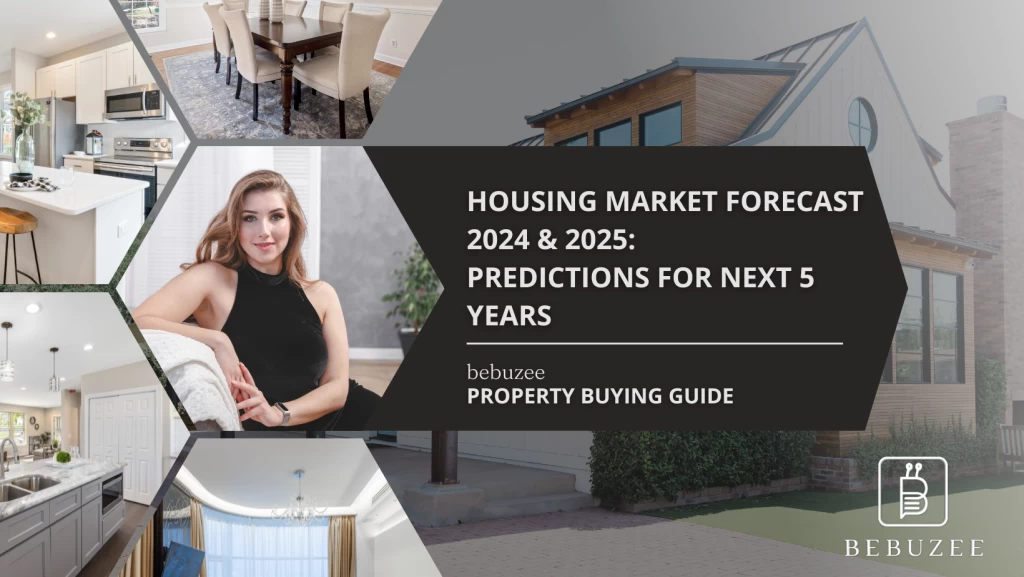Housing Market Forecast 2024 & 2025: Predictions for Next 5 Years

As we move into 2024 and 2025, the housing market is likely to see some significant changes. After a tumultuous couple of years, there is some optimism about the future of the housing market. However, there are also concerns about rising interest rates, inflation, and a potential housing bubble. In this article, we will take a closer look at the Housing Market Forecast 2024 & 2025 and make some predictions about what we can expect over the next five years.
Introduction
The housing market has been on a wild ride over the past few years. In 2020, the COVID-19 pandemic led to a sudden and severe downturn in the market. However, the housing market has rebounded strongly in 2021, with record-high prices and a surge in demand for homes. With the economy showing signs of recovery and interest rates at historic lows, many experts believe that the housing market will continue to grow in the coming years.
Housing Market Forecast 2024 & 2025: Predictions for Next 5 Years
Increased demand for affordable housing
One of the biggest trends in the housing market over the next five years is likely to be an increased demand for affordable housing. With home prices at all-time highs and many people struggling to afford homes, there is a growing need for more affordable options. This could lead to an increase in the construction of smaller, more affordable homes, as well as a rise in the popularity of alternative housing options like tiny homes and mobile homes.
Continued growth in suburban areas
Another trend that is likely to continue over the next five years is the growth of suburban areas. Many people are looking to move out of crowded cities and into quieter, more spacious areas. This has led to a surge in demand for homes in suburban areas, and this trend is likely to continue in the coming years.
Rising interest rates
One concern for the housing market over the next five years is rising interest rates. While interest rates are currently at historic lows, they are expected to rise in the coming years as the economy recovers. This could lead to a slowdown in the housing market and make it more difficult for some people to afford homes.
Potential housing bubble
Another concern for the housing market is the possibility of a housing bubble. With home prices at record highs and demand outstripping supply, some experts are worried that the market may be overinflated. If this is the case, a correction could be on the horizon, which could lead to a significant downturn in the housing market.
Increased focus on sustainability
As concerns about climate change grow, there is likely to be an increased focus on sustainability in the housing market. This could lead to an increase in the construction of eco-friendly homes and the retrofitting of existing homes to make them more sustainable. Additionally, there may be an increase in the popularity of alternative housing options like tiny homes and shipping container homes, which are often designed with sustainability in mind.
Growing popularity of smart homes
Smart home technology has been growing in popularity in recent years, and this trend is likely to continue over the next five years. With the rise of the Internet of Things (IoT) and the increasing availability of smart home devices, more and more people are expected to embrace this technology in their homes.
FAQs
What will happen to home prices over the next five years?
It's difficult to predict exactly what will happen to home prices over the next five years. However, many experts believe that prices will continue to rise, although at a slower pace than we have seen in recent years. Rising interest rates and concerns about a housing bubble could lead to a slowdown in the market




